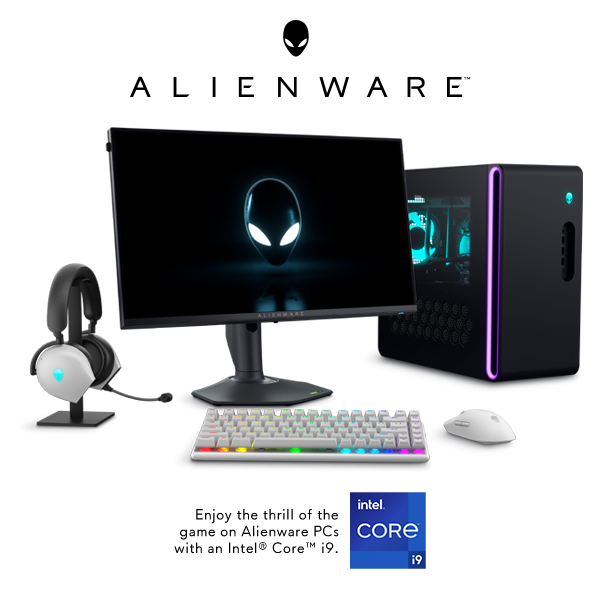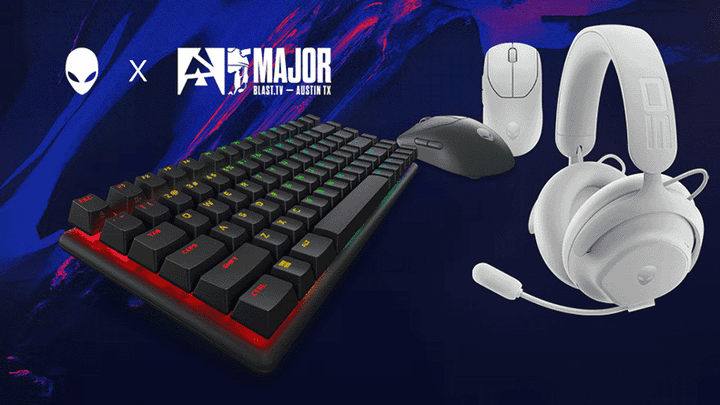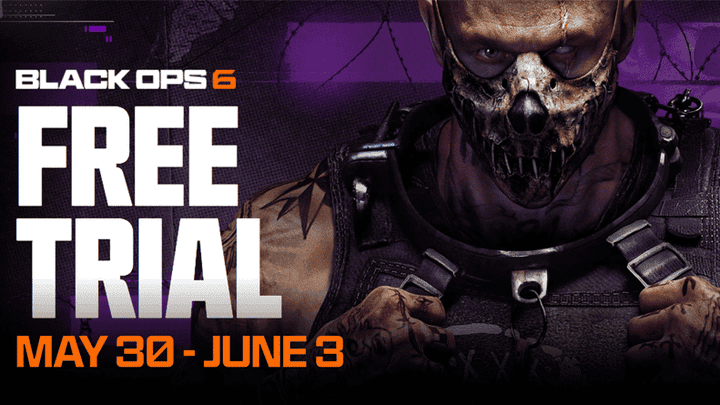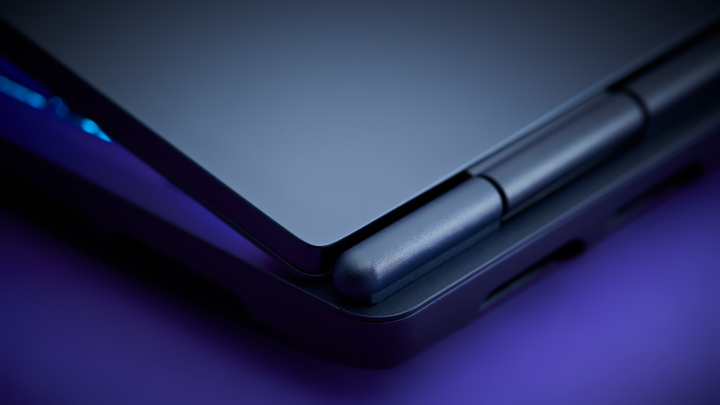Demon Hunting In Style: Celebrating the Original ‘Devil May Cry’

It is wild to think that 18 years ago Devil May Cry was released on the PlayStation 2. Since then the series has had numerous entries, an anime, comic books, action figures, and light novels. This month also sees the release of Devil May Cry 5, where we ‘ll be slaying demons left and right with Nero, Dante, and the mysterious V.
Yet while Devil May Cry 5 utilizes the latest in gaming technology to present stunning graphics and phenomenal combat, the original DMC has such an astounding nostalgia that remains to this day. With a new Devil May Cry on the way, I thought it would be fun to revisit the first game, celebrating its history and excellent qualities.
DMC‘s story centers around Dante, a demon hunter who also happens to be half-demon; he is also the son of a powerful demon who rebelled against his kind to protect humanity. One evening Dante gets a visit from a woman named Trish; we don’t know much about her other than the fact she looks strikingly similar to Dante’s late mother.
Trish attacks Dante, but he overwhelms her with his demon powers. Being impressed by his skills, Trish then reveals to him that the attack was a test to see how strong he was. She shares that the demon emperor, Mundus, who Dante sees as responsible for the death of his brother and mother, is planning to return to the mortal world. From there, Trish leads Dante to a castle, where he spends the rest of the game slicing and dicing demons. The narrative is exhilarating start to finish as controlling Dante makes one feel like a genuine badass facing off waves of demons.

Part of DMC’s origin comes from two other Capcom titles, the first being Resident Evil (since DMC was initially intended to be Resident Evil 4). Game director Hideki Kamiya wanted to make a game that was cool and stylish; in response to this, game writer Noboru Sugimura created a story about unraveling a mystery surrounding the body of a superhuman protagonist. The character’s name was Tony, who would be an invincible man with skills and intellect exceeding that of ordinary people, his powers explained through biotechnology. After experimenting with the character, Kamiya did not feel the protagonist looked heroic enough from a fixed camera angle; to cast the character in a better light, Kamiya decided on a dynamic camera angle.
However, producer Shinji Mikami thought the “cool” angle took away from the survival horror elements of Resident Evil; he then encouraged the team to make the game as a property independent from the series. Kamiya, taking inspiration from Italian poet Dante Alighieri’s epic classic, The Divine Comedy, renamed the protagonist Dante. The personality of Dante was based on the title character from Buichi Terasawa’s manga series Cobra; Kamiya also decided to have Dante wear red since red is a traditional color for heroic figures in Japan. The other game that impacted DMC was Onimusha: Warlords. During a test-play of the latter, Kamiya saw that you could keep enemies in the air by slashing them repeatedly; this was due to a glitch, but would go on to inspire the juggles Dante could perform via gunfire and sword attacks. These flashy attacks make up a major portion of DMC’s appeal.
Depending on how you mixed attacks and how long you pulled off combos for, you could go all out on the brutal delivery. A portion of the screen would register how successful your combos were, grading them on letters A, B, C, and D, with S being the best. At the end of each level, players would receive a similar rank based on how fast they finished the level, how many orbs (the game’s currency) they collected, how much damage they took, and how “stylish” their combos were.
It’s important to note that DMC had a hefty difficulty setting, bringing an element of tension into each battle. Kamiya said this was done on purpose as a challenge to casual game players. If you were to get stuck and continue dying, then the game would offer you a chance to play at a lower difficulty. While Dante had access to a variety of weapons, players could take things further and active his “Devil Trigger” form; this allowed for him to shift into a demon, moving much faster and landing heavier blows.

DMC also had a variety of puzzles, having players take on minor pauses between the action-packed moments. There were also side missions which pitted players against enemies they would have to defeat in a set time limit or in a specific way.
Upon its release, the game did remarkably well by commercially and critically. Critics showered DMC with praise, citing the excellent quality of its combat, innovations, and atmosphere. Even to this day, the title continues to receive recognition, appearing in numerous “Top Video Games Of All Time” lists. Dante also gets a great deal of praise, being considered one of the most famous video game characters ever. As of 2006, the game reached over two million sold units in the United States alone.
With Devil May Cry 5 on the way, as well as a new anime in the near future, there’s no slowing down for the series. Since the first game’s release back in 2001, Devil May Cry has gone on to inspire the action genre of gaming; considering how far games have come in technology, the first entry still exudes the same adrenaline and excitement it did all those years ago. Devil May Cry’s explosive combat, excellent atmosphere, and finely crafted mechanics have allowed it to become one of the greatest action video games in history.













